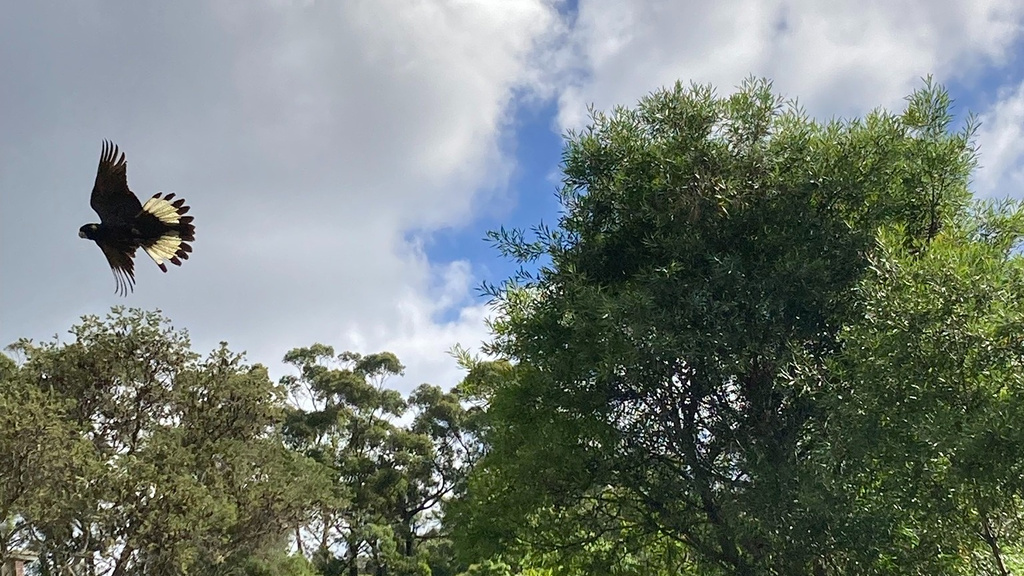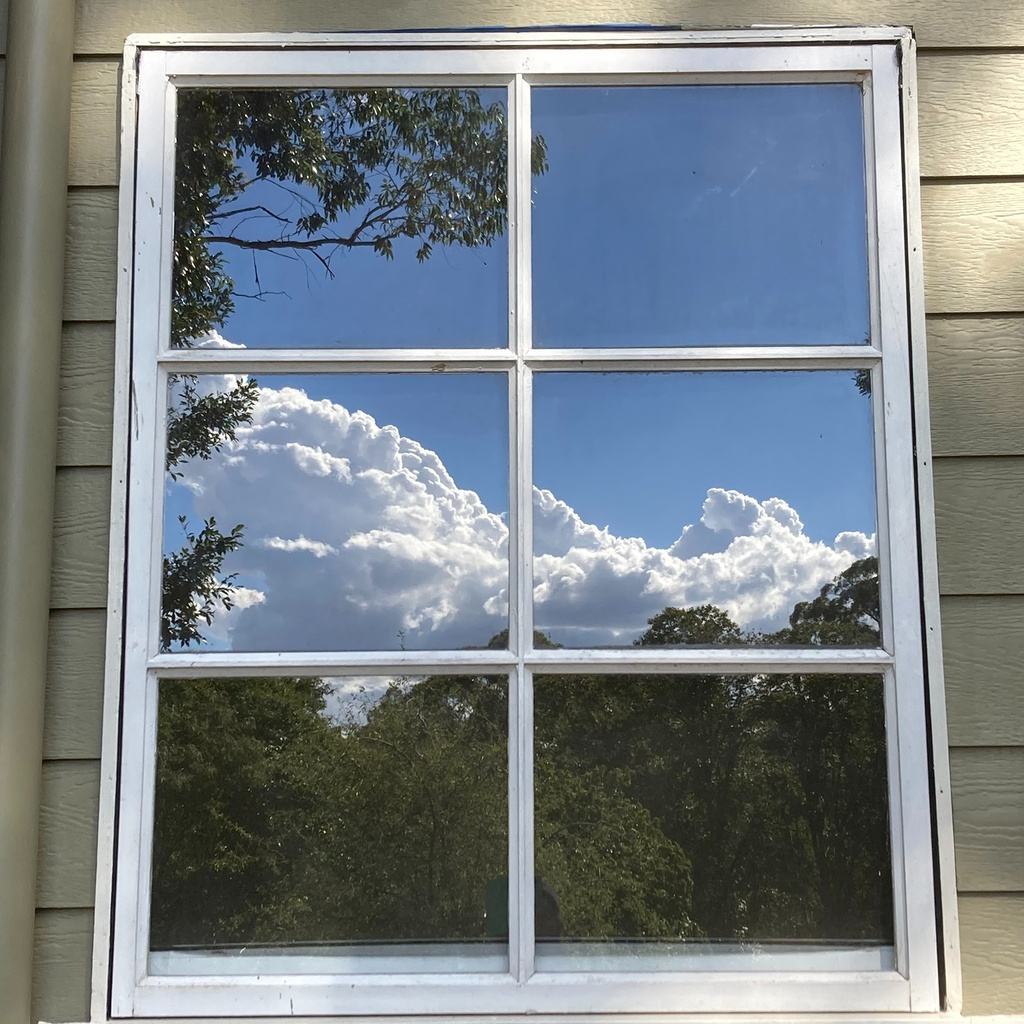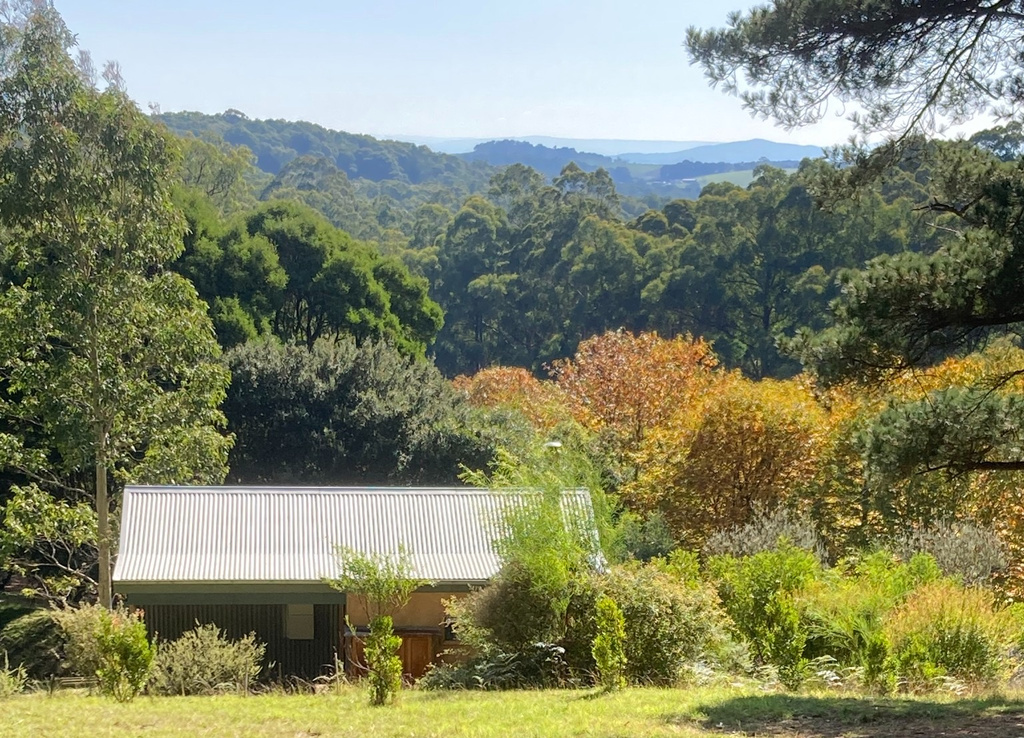For Colm McNaughton, rituals are a powerful container for accessing lost ancestral connections.
A prayer his body makes entirely
For he has forgotten self, forgotten bird
And on the riverbank forgotten the river’s name.
“St Kevin and the Blackbird”, Seamus Heaney
Last weekend, we hosted our first ‘Encountering your Ancestors’ workshop, which ran over three days and two nights. It was held at the Quaker-run Gembrook Retreat, which is nestled in one of the steep gullies prevalent in the Dandenong Ranges, situated on the eastern hinterland of Melbourne’s ever-sprawling city. It is a place where the sounds, and sometimes glimpses, of the lyrebird reverberate amongst the surrounding blackened gums, because fire is a regular guest in these parts. Deer numbers are increasing exponentially, as they often outcompete the local fauna, leaving destruction in their wake. The Dandenongs are also part of the borderlands between the Wurundjeri and Boonwurrung clans, who are part of the Kulin nation, who have lived in this area for more than 60,000 years.
With all that is going on in the world… Runaway climate change and species extinction. The insane gap between the insanely rich and everyone else. The dismantling of the United States’ global empire and its version of democracy. The killing fields of Palestine, Sudan, the Congo, and Ukraine. It’s hard not to be overwhelmed and lose ourselves to distraction, or even worse. In this time of unfurling chaos, how can connecting with your Ancestors have any pertinence?
My response is twofold. First, is to pose the question of how exactly we got into this complex and unholy meta-crisis? I would contend that part of the answer lies in the profound and barely acknowledged disconnection we have from our own bodies, from others and from the rest of creation. By inhabiting an animist cosmology, all places, beings, and elements come alive and potentially have a voice, and are seeking communion and equanimity.
And central to forging this cosmology is developing a connection to the Ancestors, who can take numerous forms, including blood lineage, place, animal or elemental spirits or even deities. And the vital point is that connecting with the Ancestors, however they may appear, is necessarily a form of healing and reconnection. And second, what sort of container or currach (the Gaeilge/Irish word for a traditional cow-skin lined boat) do we need, that might actually see us through this rapidly fracturing and unfurling mess? And if this is not actually possible, then perhaps it can help us grieve all that has been lost and destroyed, be grateful for experiencing the miracle of life and prepare us to die with dignity?
We live in tumultuous times, where all forms of perceived security and certainty are being uprooted and untethered. In response, I would suggest we need to be watchful, agile, and responsive, something akin to a fox or, in Gaeilge, sionnach.
The fili were (are?) holders and practitioners of ancestral forms of knowledge as framed through, contained by and transmitted through stories, which include fields we would now refer to as history, genealogy, poetry and law.
This Ancestral retreat was organised by Singing Blackbird Enterprises. SBE is a storytelling worker’s cooperative that launched in Naarm/Melbourne earlier this year, and it is part of the broader Earthworker ecosystem of worker’s cooperatives. SBE’s vision is to facilitate the telling of compelling stories, the birthing and nurturing of emergent storytellers, and perhaps most importantly, the creation of a culture around storytelling.
What exactly is a culture of storytelling, and moreover, what is its relevance in the context of ecological and civilizational collapse? The honest answer to both these questions is that I do not know, even though we are walking towards that horizon. And not knowing or dwelling in the “don’t know mind” in this context doesn’t mean that we are ignorant, but rather, in responding to this line of inquiry, we recognise that we are approaching wisdom. Consequently, the path we need to walk is not about conceptual or head knowing, but rather is more intuitive, rooted in silence and stillness, an awareness of body processes and the cyclical natures of time and place. It is akin to the Zapatista notion of “asking questions, we walk” or the Indigenous Australian practice of “singing up country”. Time and place are one. Central to shifting to this way of being-in-the-world is the creation of communities, where the sacred is central and where the sacred speaks.
SBE’s genesis is grounded upon a recognition of the creative and transformative inter-play between place-based storytelling and the healing of intergenerational trauma, and the central role the Ancestors play in this magical, multidimensional dance.
The blackbird, the mascot of SBE, is in the Gaelic (Scots and Irish) context a symbol of the fili. The fili were (are?) holders and practitioners of ancestral forms of knowledge as framed through, contained by and transmitted through stories, which include fields we would now refer to as history, genealogy, poetry and law. They were poet/seers and could work in both the seen and unseen worlds; nothing in the cosmos was alien to them. With the coming of Christianity in the fifth century AD, druidic forms of knowing and being came under sustained attack, and the response was a form of syncretism where the old ways merged with the new to create the Gaelic church. The fili’s role and function, largely hidden from sight, were ultimately decimated by the destruction of the Gaelic order by the emerging British Empire in the mid-seventeenth century. Or were they? Does the land re-member? Are the old ways actually in the process of being resurrected? Are the fili being sung back into existence as part of a re-enchanting of the world, emanating from the deepest root of the collapse?
Central to SBE’s emergent vision and our growing sensitivity towards the Ancestors is that for healing to happen, for the fili to re-emerge as part of the Gaelic diaspora living on stolen lands, we need to face the Bunyip in the room. And that is that we are living on the lands of the Kulin, where Bunjil is the creator spirit, who creates everything that is. This observation has two implications. Firstly, a recognition that the lands we live on are stolen and the people living on them were dispossessed, often at times also raped and murdered, with the survivors of this process systematically marginalised. And secondly, that despite all of the wanton destruction of lands and waters and culture, the Dreaming is very much alive and ongoing. Time and place are not separate, and if we listen deeply, heeding the Ancestors’ advice to heal and return to lore, we come to understand that we are country. Recognising these two realities and their explicit tensions, coupled with an often-unconscious embodiment of the contradiction, is at its very core what it really means to be Australian.
What does it mean for people whose Ancestors are from elsewhere, faraway places like Ireland, India or Italy, to connect with Ancestors from those places, but also to recognise the lore of this land, seeking to become part of this place?
What does it mean for people whose Ancestors are from elsewhere, faraway places like Ireland, India or Italy, to connect with Ancestors from those places, but also to recognise the lore of this land, seeking to become part of this place? Is it indeed true that there is no such thing as Gaelic or Wiradjuri or Wurundjeri lore, there is just lore? What does it mean for settlers of this land, who come from other places, often forced away from their ancestral lands, often by poverty and violence, to recognise and work with the stories and spirits of this place? As an emergent community, I believe our role is to build a container to hold this fertile question alive and, through time, seek guidance from the Ancestors on how to respond rather than react to this sacred teaching.
Our approach in the workshop is very simple, yet potentially transformative. We created a container—the whole workshop was made into a ritual space—to allow the participants to draw, to feel, to touch, to tell the story about an aspect of the Ancestral wound that they carry, often deep inside themselves. Often the wound is a complete severing, where there are literally no stories or relatives or objects to work with or find out more. This sort of severing is usually encased in an uneasy but tight-lipped silence. Sometimes, the disconnection from the Ancestors is more of an estrangement, as there are stories and or living relatives to meet and talk to, ancestral places to visit and or important objects to hold and listen to. Understandably, there is a lot of grief around the issue; we are a broken people.
But I want to contend that recognition of our brokenness is where our power lies. Moreover, the ancestral wound is actually a portal, if tended respectfully, where we can invite the Ancestors back into our lives. To facilitate this sort of process, we need to mindfully approach and tend the ancestral wound, which at the same time leads us back to the sacred, and the realisation not only that all life is sacred, but that all of us are deeply entangled in the living breathing cosmos. We are not alone. Life, death and rebirth inter-are. Moreover, we are all the embodiment of this mystery. It is as easy or as difficult as that. Tend the ancestral wound which creates an opening for the Ancestors, and in a variety of ways, the Ancestors will reach out their hands to their kin, and create possibilities to heal, to re-connect, and through time and place to find your way back home. The question is, will you take their hand?
About Colm McNaughton
 Colm has worked mainly in construction, media and education. He was a martial arts instructor for more than 20 years and is the founder of Singing Blackbird Enterprises, a storytelling worker’s cooperative. He can be contacted at colm@singingblackbird.com.
Colm has worked mainly in construction, media and education. He was a martial arts instructor for more than 20 years and is the founder of Singing Blackbird Enterprises, a storytelling worker’s cooperative. He can be contacted at colm@singingblackbird.com.




